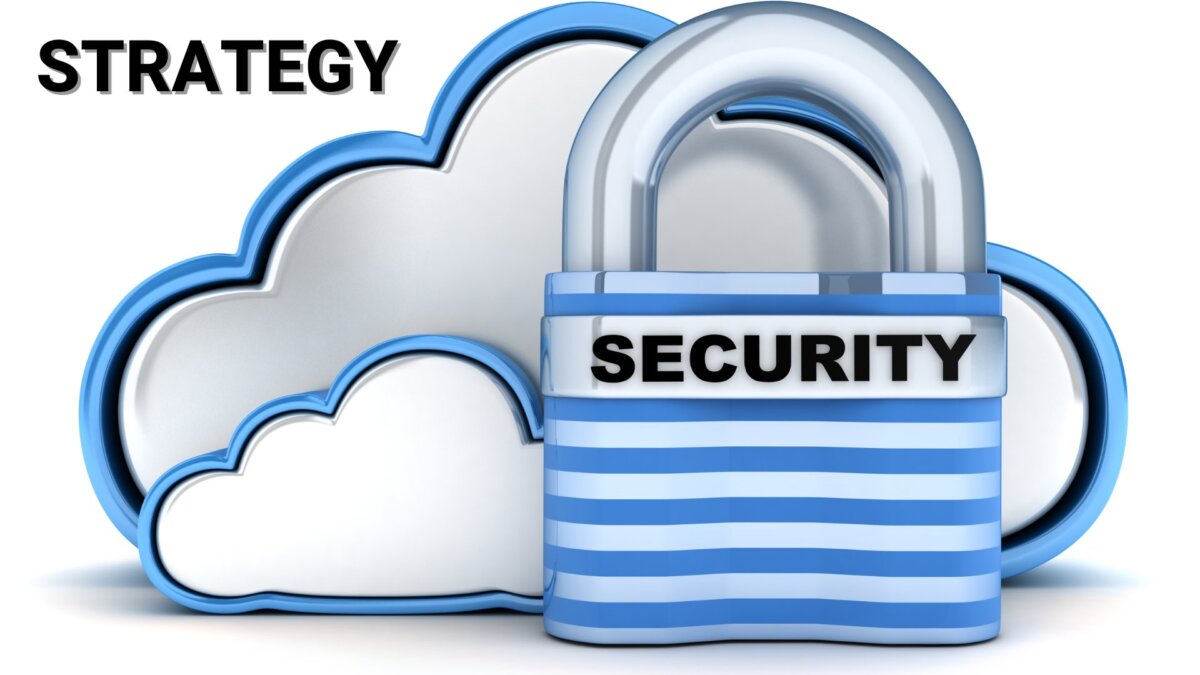Description
Includes
Educate Your Employees
Train your staff on basic cyber security practices, such as creating strong passwords, identifying phishing emails, and avoiding suspicious links or downloads. Cyber security awareness should be an ongoing process to keep your employees informed about the latest threats.
Implement Strong Passwords
Encourage your employees to use complex passwords and two-factor authentication (2FA) wherever possible. Consider using a password manager to securely store passwords and prevent password reuse.
Keep Software Up To Date
Regularly update your operating systems, software applications, and plugins with the latest security patches. Outdated software can have vulnerabilities that hackers can exploit.
Use Antivirus And Anti-Malware Software
Install reputable antivirus and anti-malware software on all company devices, including computers, servers, and mobile devices. Keep the software updated to protect against new threats.
Secure Your Wi-Fi Networks
Set up secure Wi-Fi networks with strong encryption (WPA2 or WPA3). Change default router passwords and use unique, strong passwords for Wi-Fi access. Regularly review and update your Wi-Fi network security settings.
Back Up Your Data
Regularly back up your critical business data to an off-site location or cloud storage. This ensures you can recover your data in case of a cyber attack or hardware failure. Test your backups periodically to ensure they are working properly.
Encrypt Sensitive Data
Use encryption to protect sensitive data, both in transit and at rest. Encryption scrambles data, making it unreadable to unauthorized individuals even if they gain access to it.
Implement A Firewall
Set up a firewall to monitor and control incoming and outgoing network traffic. This helps prevent unauthorized access to your network and protects against malware.
Control Access To Data
Use role-based access controls (RBAC) and implement strong user authentication mechanisms.
Create An Incident Response Plan
Develop an incident response plan that outlines the steps to take in the event of a cyber attack or data breach. This plan should include communication protocols, responsibilities, and steps to mitigate the damage.
Regularly Monitor And Audit Your Systems
Monitor your network and systems for any suspicious activities. Implement logging and auditing mechanisms to track user actions and system events. Regularly review logs for signs of potential breaches.
Stay Informed About The Latest Threats
Keep up-to-date with the latest cyber security news and trends. Subscribe to security alerts and follow reputable sources to stay informed about










Reviews
There are no reviews yet.